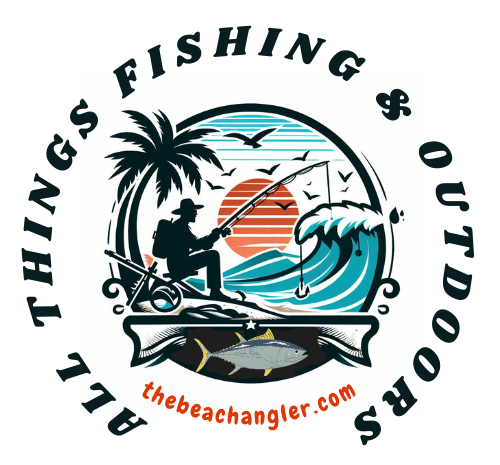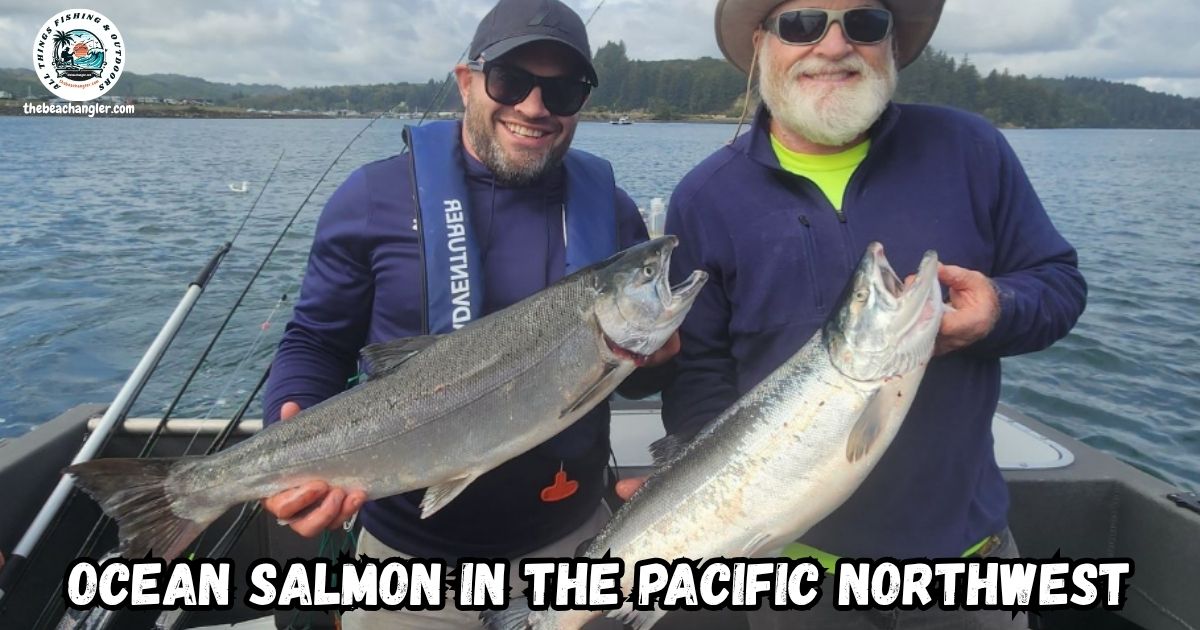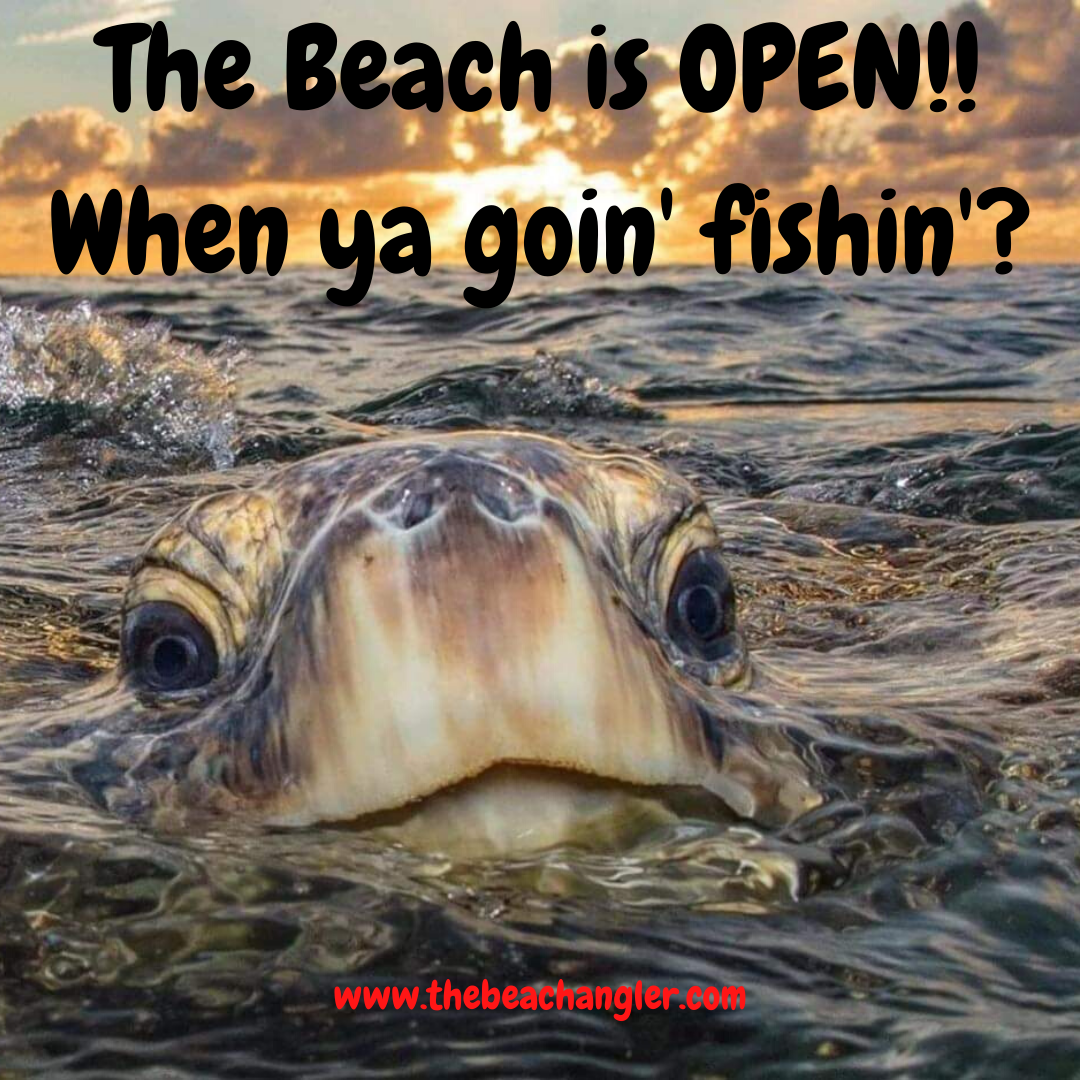Ocean salmon fishing in the Pacific Northwest offers a chance to experience wild coastlines and chase some of the most sought-after fish around. When I first tried ocean salmon fishing, I quickly realized that planning, preparation, and knowing some local insights can make my time on the water much more productive and enjoyable. I’m going to walk you through everything you need to know to get started, from understanding salmon species to handling changing ocean conditions.
QUICK LOOK: Tops Spots for Ocean Salmon Fishing in the Pacific Northwest
- Columbia River Bar: This area, at the border of Washington and Oregon, draws huge numbers of both Chinook and Coho salmon each summer and early fall. Tides, currents, and baitfish schools come together, concentrating salmon in catchable numbers. Local guides like to stick close to the “Buoy 10” area when the bite is on.
- Puget Sound: If you plan on fishing the saltwater in Puget Sound, expect to target both resident and ocean returning Chinook and Coho. I’ve noticed the biggest push of salmon through the Sound typically happens in July and August. Shoreline points near Edmonds or down by Tacoma can be productive.
- Oregon Coast: Towns like Astoria, Newport, and Depoe Bay are great launch points with good access to salmon runs. Offshore currents bring schools of bait, attracting salmon close enough for both seasoned and new anglers. Summer Chinook fishing can be really strong here.
- Washington Coast: Westport and Ilwaco are two of my favorite towns for ocean salmon fishing. Charter boats are available for groups or solo anglers, and the runs can be good from early summer into September.
Key Equipment and Gear for Ocean Salmon Fishing
Getting the right equipment for ocean salmon fishing helps make each trip safer and more successful. Even if you have experience fishing in rivers, the ocean brings different challenges. The gear I use for salmon fishing in the Pacific Northwest matches these conditions.
Ocean fishing rods are longer and sturdier than typical freshwater rods, often 8 to 10 feet, which helps when trolling or fighting bigger salmon. Saltwater spinning or conventional reels with high-quality drag systems are important, too. I always spool my reel with 30-50 lb. test braided line, adding a fluorocarbon leader to keep the setup invisible to salmon.
For lures, I usually rely on hoochies (squidlike soft plastics), flashers, and spoons. These work well when trolling, which is the most popular method. Some anglers also use cut-plug or whole herring as bait. A reliable fishfinder and GPS make finding your way and locating fish much easier in coastal waters.
Safety is key. I always bring a quality PFD, emergency signaling gear, and, if fishing out of a boat, keep an emergency radio close by. Packing essentials like a first aid kit, extra clothing, and a knife isn’t just smart, it’s sometimes required by local regulations.
Common Salmon Species in the Pacific Northwest Ocean
When I’m fishing in the saltwater along the Pacific Northwest, Chinook (King) and Coho (Silver) salmon are my main focus. Chinook stand out for their size and fight, often weighing over 20 pounds. They usually show up earlier in summer, sometimes as early as May.
Coho salmon are slightly smaller but put up exciting fights and often travel in larger groups. Runs for Coho usually peak during late summer through early fall. Occasionally, anglers might bump into Pink or Chum salmon, especially near river mouths during strong years, but Chinook and Coho offer the most reliable action.
Each species has slightly different behaviors. Chinook like deeper, cooler water and are often found farther offshore, while Coho might hang out closer to shore or nearer to the surface. Learning to spot these salmon helps me choose bait, depth, and presentations that work best for the given conditions.
For instance, on foggy mornings, I’ll often set lines deeper for Chinook, but bring them up if Coho are reported nearby. Over time, tracking these differences has let me adjust techniques to my advantage.
Popular Locations for Ocean Salmon Fishing
The Pacific Northwest coastline hosts several hotspots where I’ve found excellent salmon fishing each year. Some of the best action happens off the coast of Washington, Oregon, and Northern California.
- Columbia River Bar: This area, at the border of Washington and Oregon, draws huge numbers of both Chinook and Coho salmon each summer and early fall. Tides, currents, and baitfish schools come together, concentrating salmon in catchable numbers. Local guides like to stick close to the “Buoy 10” area when the bite is on.
- Puget Sound: If you plan on fishing the saltwater in Puget Sound, expect to target both resident and ocean returning Chinook and Coho. I’ve noticed the biggest push of salmon through the Sound typically happens in July and August. Shoreline points near Edmonds or down by Tacoma can be productive.
- Oregon Coast: Towns like Astoria, Newport, and Depoe Bay are great launch points with good access to salmon runs. Offshore currents bring schools of bait, attracting salmon close enough for both seasoned and new anglers. Summer Chinook fishing can be really strong here.
- Washington Coast: Westport and Ilwaco are two of my favorite towns for ocean salmon fishing. Charter boats are available for groups or solo anglers, and the runs can be good from early summer into September.
Before heading out, I always check local reports. These usually give updates on fish movement, current regulations, and helpful tackle tips for each marina or launch area. Bringing a printed map or downloading charts is helpful if your device loses service.
Key Ocean Conditions and Timing
Timing is really important for ocean salmon fishing in the Pacific Northwest. I plan most salmon trips between May and September. Chinook start appearing first, May to July, and is usually reliable for Chinook, especially offshore or around the Columbia River mouth. As summer progresses, Coho salmon runs start up and sometimes stretch into late September depending on the year.
Ocean conditions have a major influence on success. Salmon follow currents, tides, and schools of baitfish. I look for tide changes and spots where clean ocean water meets up with murky river flow—these are classic salmon ambush spots.
Wind can affect boat handling and where bait gathers, so I watch weather apps and marine forecasts for safe, productive conditions. Salmon seem to bite best during overcast skies or early mornings before the sun gets too bright. After big weather systems, it often pays to wait a day for the water to settle down before going out again.
Popular Techniques for Catching Ocean Salmon
Trolling is the go-to method for most anglers chasing salmon out in the Pacific. I use a downrigger (a winch system that keeps your bait or lure at a set depth) to get rigs near fish without tangling lines. I’ll troll at about two to three miles per hour, keeping my lure near the depth where baitfish show up on my sonar. Popular trolling setups include flashers paired with hoochies, herring, or spoons.
Mooching is another old-school technique. This involves drifting with the wind or current, using a weighted bait (often cut herring) and letting it flutter through the water. I watch my rod tip for any tap or change in movement. When I feel a salmon strike, I reel quickly and set the hook before the fish spits out the bait. Changing leader lengths or weights can make a big difference here.
Sometimes, casting from jetties or beaches near river mouths is effective, especially during strong Coho runs. Light spinning gear and flashy spoons can get surprising results. Trying different retrieves—from fast straight pulls to slow, twitchy motions—helps when salmon are acting picky.
Staying Legal and Safe on Ocean Salmon Trips
Before each outing, I make sure to review the latest federal and state fishing regulations. Salmon limits, open seasons, and special area rules can change from year to year or even within a season. The Washington Department of Fish and Wildlife and the Oregon Department of Fish and Wildlife both keep current online guides with maps, limits, and identification tips.
Wearing a lifejacket, carrying required safety gear, and learning basic navigation are all ways I stay safe offshore. The Pacific Northwest’s waters can get rough without much warning. Watching forecasts and letting someone know my planned route always makes me more confident. It’s also smart to carry a backup navigation tool, like a compass or paper chart, in case electronics fail.
Challenges, Solutions, and Helpful Tips
Ocean salmon fishing brings some unique challenges, but I’ve learned some tips that help me adapt:
- Dealing with strong winds and swells: Smaller boats can be tossed around easily, so I check wind speeds and wave heights before launching. Sometimes waiting for a calmer window pays off more than forcing a tough day.
- Finding salmon consistently: It helps to look for birds diving, baitfish on your sonar, and temperature breaks in the water. Salmon usually aren’t far from these. Talking with local anglers at the dock often gives up-to-date location information you won’t find online.
- Choosing the best bait or lure: I bring a mixed tackle box and adjust my approach based on local reports and gut feeling. If one color or size isn’t drawing bites, I switch things up quickly. Keeping notes about what worked on each trip helps me track down patterns later in the season.
- Regulation changes: Catch limits and open days might switch up during a season to protect dwindling salmon numbers. I keep a digital copy of the regulations handy and pay attention to news from state agencies.
- Handling and releasing wild salmon: Some salmon must be released, especially if they are wild-stock Chinook or Coho. I use barbless hooks, handle fish with wet hands, and keep fish in the water as much as possible to give a boost to survival rates.
Hiring a guide for your first few trips can make it easy to learn safe navigation, productive techniques, and current rules. Local anglers and guides have real-time knowledge about what’s working and where fish are, so I never hesitate to ask questions at marinas or tackle shops.
Also, reading forums and online groups before heading out can set realistic expectations for conditions and fish counts. Bringing along a fishing partner is helpful for learning, safety, and making the day more fun.
Frequently Asked Questions about Ocean Salmon Fishing in the Pacific Northwest
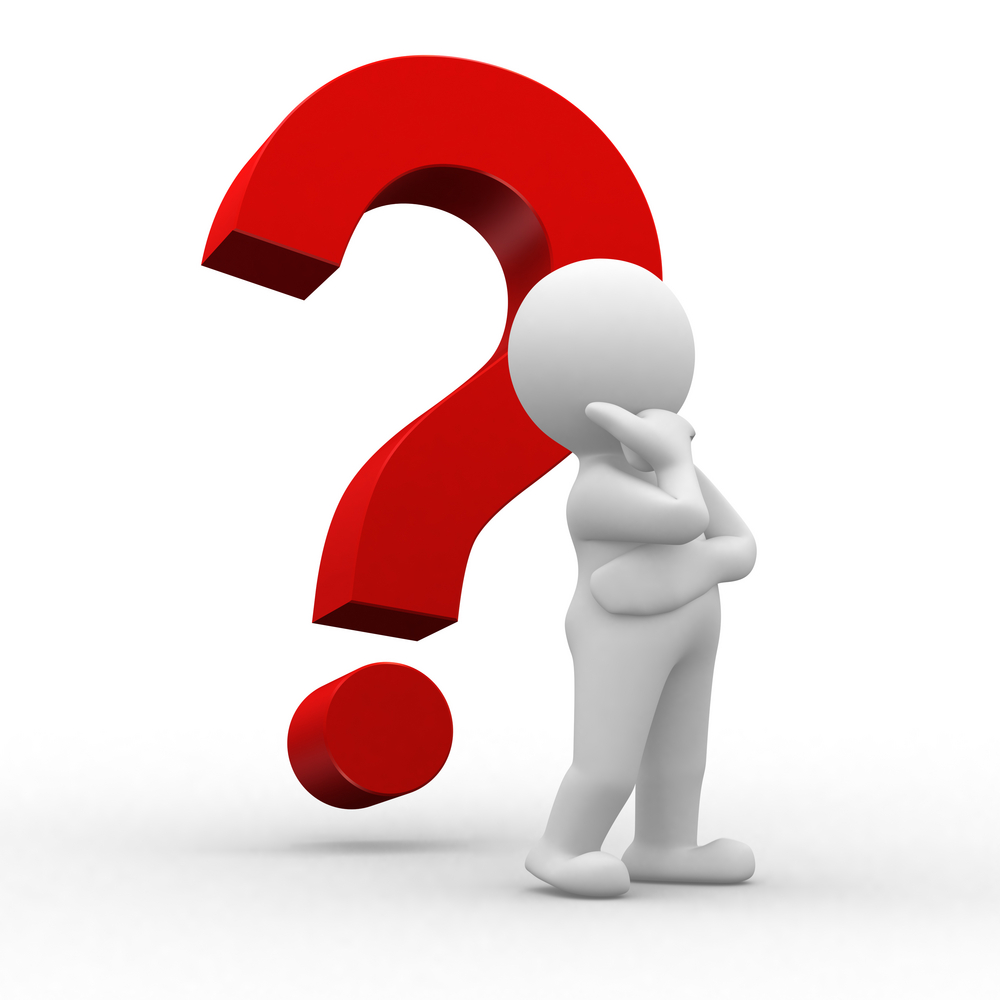
Here are answers to some of the common questions I get asked by anglers new to ocean salmon fishing:
What’s the best month to go ocean salmon fishing?
Most years, July and August are best for both Chinook and Coho salmon in most Pacific Northwest waters, but local runs can vary. Checking reports before planning helps pick the right week.
Do I need a special license to fish for salmon in the ocean?
Yes, you’ll need a saltwater fishing license, usually with a special salmon endorsement or tag. Rules differ between Washington, Oregon, and California, so check with the local fish and wildlife agency before heading out. Sometimes, an additional catch record card is required if you plan on keeping your salmon.
How can I tell the difference between wild and hatchery salmon?
Hatchery salmon usually have the adipose fin (a small fin between the dorsal and tail) clipped off, while wild fish have all fins intact. Many harvest rules only allow keeping hatchery fish, so I always inspect carefully before keeping any salmon. When in doubt, err on the side of releasing the fish quickly and safely. Pictures and diagrams available from fish and wildlife agencies can make it easy to get it right.
Is ocean salmon fishing safe for beginners?
With the right gear, guidance, and attention to forecasts, ocean salmon fishing is accessible for beginners. Chartering with experienced guides for the first time or two helps build confidence and teaches safe practices. New anglers should also watch instructional videos and read up on boating safety rules specific to each coastal area.
What are the signs of a good fishing spot in the ocean?
Baitfish activity, birds diving, tide rips where water mixes, and recent catches reported at marinas are all good signs of salmon nearby. Experience helps, but I never ignore these clues. Sometimes, seeing a cluster of boats fishing in an area hints at an active bite, too.
Final Thoughts on Salmon Fishing in the Pacific Northwest
Wrapping up, ocean salmon fishing in the Pacific Northwest is both accessible and rewarding for anglers willing to learn and adapt. With thoughtful preparation, respect for local rules, and a willingness to ask advice, each trip brings the chance for a memorable catch and a deeper connection with these storied coastal waters.
Check Out Our Most Recent Articles:
- KastKing Estuary Inshore Saltwater Fishing Rods Are A Practical Choice
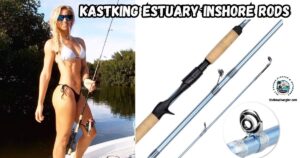
- 4 Top Spots for Ocean Salmon Fishing In The Pacific Northwest
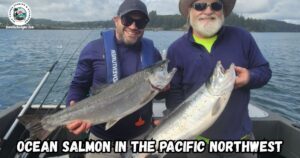
- PWC-Specific Rod Holders And Tackle Storage
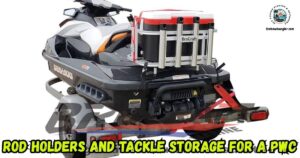
- 8 Fish-Catching Features of the Okuma Solterra 2-speed Lever Drag Reels
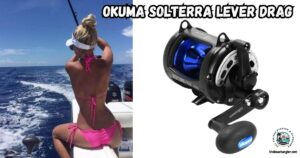
- 4 Types of Custom Aluminum Fishing Racks And Mounts For PWCs
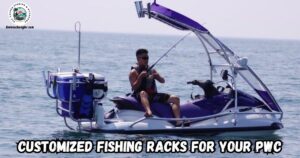
- Okuma ITX CB Spinning Reel Review
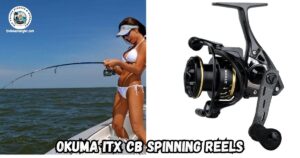
As always, stay safe, enjoy the journey, and please try to leave it cleaner than you found it. If you have any comments, questions, ideas, or suggestions, please leave them in the comment section below, and I’ll get back to you ASAP. You can follow us on Facebook: Rex The Beach Angler, Instagram: thebeachangler7, Twitter: @AnglerBeach, and YouTube: Man Art Creations.
P.S. Thanks so much for checking out our blog; we really appreciate it. Just so you know, we may receive a commission if you click on some of the links that appear on our site. This helps us keep our content free and up-to-date for everyone. We appreciate your support!
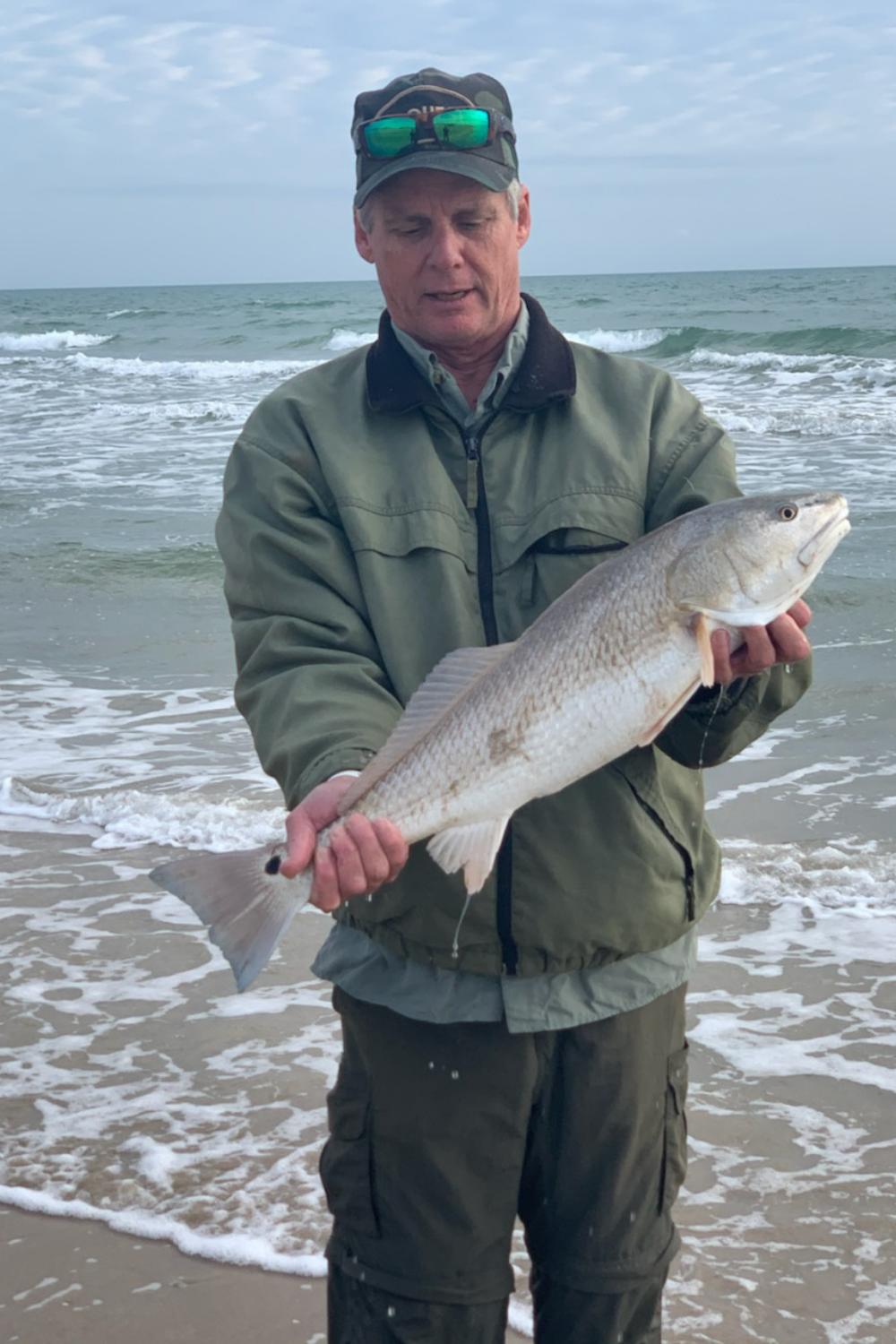
A life long surf fisherman with 50+ years of experience, I am also an avid hunter and outdoorsman. I will be sharing my passion for the outdoors with you so be prepared for hunting, fishing, camping, hiking and more. Along with gear reviews and the latest trends and innovations in the outdoor industry.
